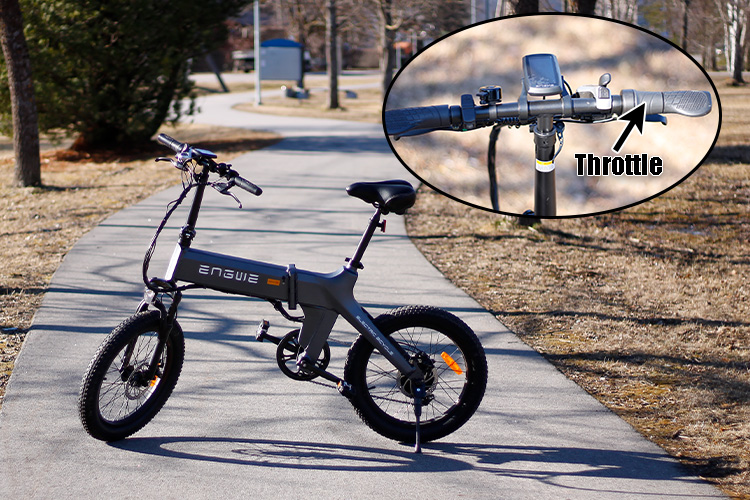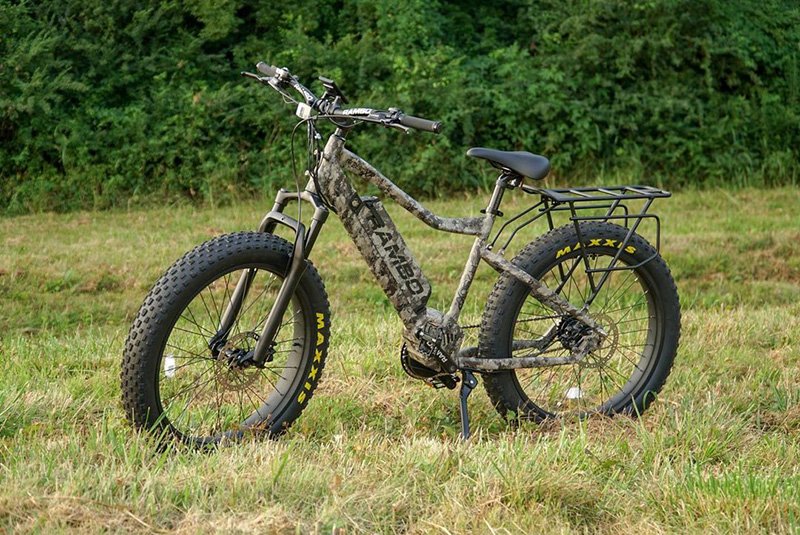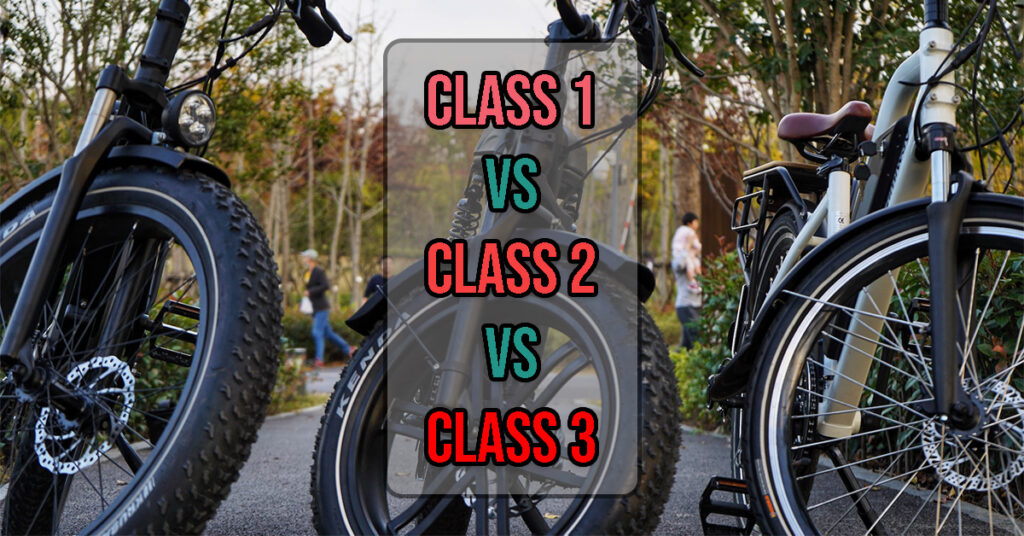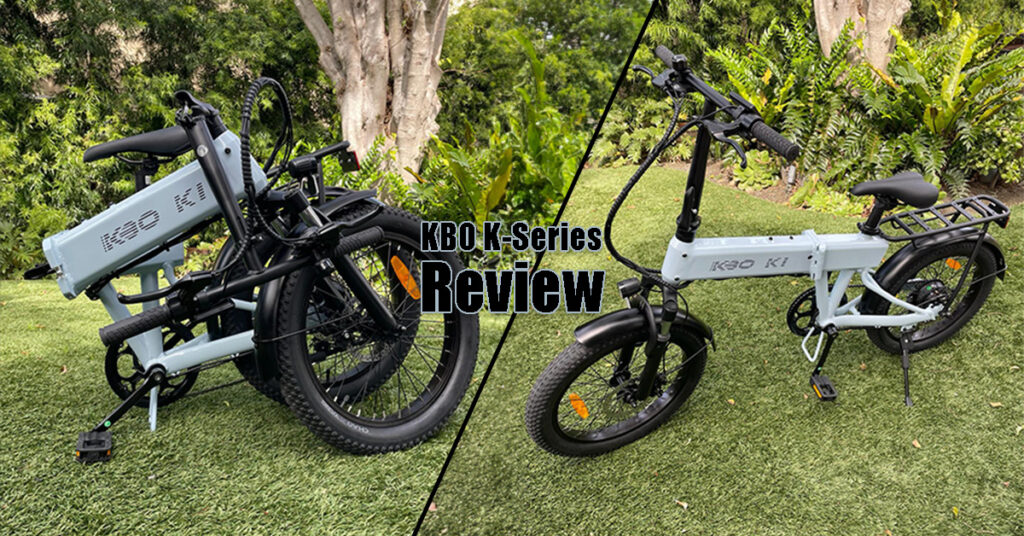There are 3 classes of e-bikes that are most common. Each one of them has different functionalities and benefits.
As you read on, you’ll uncover the distinct features of each class. Understanding these classes helps you make informed decisions, whether you’re considering a purchase, advocating for e-bike-friendly policies, or simply staying updated on eco-friendly transportation trends.
By the end of this article, you’ll have a clearer understanding of each e-bike class, enabling you to navigate the world of electric bikes with confidence and expertise. So, let’s plug in and power up your knowledge about the exciting realm of electric bike classes!
What are E-Bike Classes

As we have already stated, there are 3 classes of electric bikes. Here we will see some of the key differences between all of them.
- Class 1: This class only supports the pedaling. The E-bike motor assists you to move at speeds of up to 20 mph. If the speed goes beyond that threshold, the motor cuts off the assistance.
- Class 2: This class has both pedal and throttle options. These bikes can also reach up to 20 mph, similar to Class 1. In addition to pedal assistance, these bikes also have a throttle, which allows you to ride the bike without using pedals.
- Class 3: This class differs from others in the fact that it has pedal assistance of up to 28 mph, which is considerably faster than both classes 1 and 2. Originally, class 3 e-bikes didn’t have a throttle. All class 3 e-bikes must have a speedometer.
All e-bikes that fit in 3 classes must not have a motor of more than 750W.
What is a Class 1 E-Bike?

In this class of electric bikes, there is an electric bike motor that helps the bike speed up to 20 mph. As these bikes can only provide assistance through the pedal, they are often known as pedelec.
If you pedal faster than 20 mph, the motor disengages itself. As soon as the speed falls below 20 mph, the motor starts assisting you again.
It’s worth mentioning that the motor can not exceed the power of 750 Watts.
Class 1 e-bikes don’t have a throttle on demand and that’s the main difference from the class 2 e-bikes.
I appreciate Class 1 e-bikes for their ability to preserve the authentic essence of cycling. Pedaling, being the heart of the cycling experience, is enhanced rather than replaced by the electric motor in these bikes.
This motor aid is particularly noticeable when tackling headwinds or ascending hills, making the ride more comfortable. Despite this assistance, riding a Class 1 e-bike retains a feel very similar to that of a traditional bicycle.
What is a Class 2 E-Bike?

Compared to class 1, class 2 electric bikes have one major difference, which is throttle assist along with pedal support.
The motor assistance works in 2 ways on Class 2 e-bikes: by pedaling and by engaging a throttle. However, the speed limit for both ways is 20 mph. And just like class 1 e-bikes, the motor can not exceed the power of 750W.
So if you use pedal assistance and the speed goes over 20 mph, the motor cuts off its power. And if you are using the throttle, the maximum speed your bike can reach is 20 mph.
This e-bike is ideal for those who want both fun and fitness.
With pedal assistance, you can exercise and save the battery by doing some of the work by pedaling. On the other hand, if you are tired and don’t want to pedal, you can just engage the throttle and rest while the motor does its work.
In my view, Class 2 e-bikes cater to those seeking a more effortless commuting experience. They enable quicker travel from point A to B compared to a standard bicycle. Additionally, utilizing the throttle on these e-bikes facilitates a ride that seldom induces sweating.
Conversely, relying solely on the bike’s throttle consumes more energy and results in a shorter range. However, Class 2 e-bikes also come equipped with pedals, which can be used to conserve energy and extend the bike’s range.
What is a Class 3 E-Bike?

Class 3 e-bikes are significantly different from both class 1 and class 2.
The most significant difference is that it supports speeds of up to 28 mph. Because of the higher speed, class 3 ebikes are also called speed pedelecs.
In addition, all e-bikes in this category are required to feature a speedometer in accordance with the guidelines.
But one thing remains the same: the motor power can not exceed 750 Watts.
Originally, class 3 bikes didn’t have a throttle. Nowadays, some class 3 e-bikes come with throttle assistance, while some models come without throttle.
It depends on the buyer which variant suits him/her, but just to let you know most authorities do not allow throttle on class 3 e-bikes.
If the class 3 e-bike also has a throttle, the throttle assistance can only speed up the bike up to 20 mph.
Also, if we talk about the restrictions, class 3 e-bikes may have more restrictions than the other classes due to their extended speed limit and power.
I believe Class 3 e-bikes are particularly beneficial for lengthy commutes. Their increased top speed significantly reduces travel time to your destination.
As someone who appreciates modern technology, I tend to favor models equipped with a throttle. However, for those who enjoy a more traditional cycling feel with added power, a Class 3 e-bike that lacks a throttle would be the ideal choice.
In any case, one should use proper safety precautions while riding an e-bike, but if you have or plan to get a class 3 e-bike, make sure you wear a helmet and other safety gear.
Are There Class 4 Electric Bikes?

There are three main categories for electric bikes. However, some electric bikes do not fall neatly into any of these three categories. Although it’s not an official name, people often call these electric bikes class 4 e-bikes.
The throttle is a standard feature on most class 4 electric bikes. These electric bikes have usually motors of over 750W and can travel at speeds of more than 28 miles per hour.
In legal terms, these e-bikes are typically categorized as mopeds or scooters due to their high speed and motor power.
Since it moves quickly and has a robust motor, it makes commuting less time-consuming and more convenient. However, in most countries, these e-bikes are not legal unless registered and insured. But nobody can prohibit you from riding these bikes in a private area.
Which Electric Bike Class to Choose?
We know it is so overwhelming to have so much information about each class of electric bike.
Making a decision about which of two options is correct is not a simple undertaking. Well, we are not done yet. As a result, you will definitely have clarity about what you should buy when you have finished reading this article.
Reasons to Get Class 1 E-Bike
Class 1 e-bikes are the most similar to traditional bicycles.
Those who are just learning about e-bikes and their different classes for the first time in their lives and are thinking about buying one for themselves should consider getting class 1 for now.
This is due to the fact that class 1 is the most basic class among other classes. You better start off with this class, get some experience, and then decide if you need to upgrade or not.
Reasons to Get Class 2 E-Bike
Class 2 is ideal for those who want a dual-purpose e-bike that they can use for both fun and fitness. Additionally, if you are happy with an average-speed e-bike, then this class is the right choice for you.
Also, class 2 e-bikes are perfect for elderly people who may have mobility issues. With class 2 e-bikes, they can ride a bike without pedaling.
Reasons to Get Class 3 E-Bike
Class 3 is for those who want to travel fast because they want to reach their destinations quickly.
They might not get the throttle option in this class but still, it is a viable choice for someone who needs speed.
Additionally, if you live in the US, take a look at our State-by-State Electric Bike Laws article to make sure what rules are in your state.
Conclusion
In the evolving landscape of electric bicycles, understanding the different classes of e-bikes—Class 1, Class 2, and Class 3—is essential for potential riders, commuters, and cycling enthusiasts.
Each class caters to different preferences and needs, from the traditional cycling enthusiast to the daily commuter.
With varying levels of motor assistance, speed capabilities, and design features, the world of e-bikes offers a versatile range of options to enhance the riding experience for various lifestyles and purposes.

The founder and the editor-in-chief of the Electric Wheelers blog. With a previous background in IT, sales, and video editing, he has now established himself as a micromobility expert.
He bought his first e-scooter over 5 years ago and since then has owned dozens of e-scooters and e-bikes. His deep understanding of the technical aspects, coupled with a keen eye for market trends, enables him to provide insightful and reliable content.
His commitment to promoting sustainable and efficient urban mobility solutions has made him a respected voice in the community of eco-friendly transportation enthusiasts.




